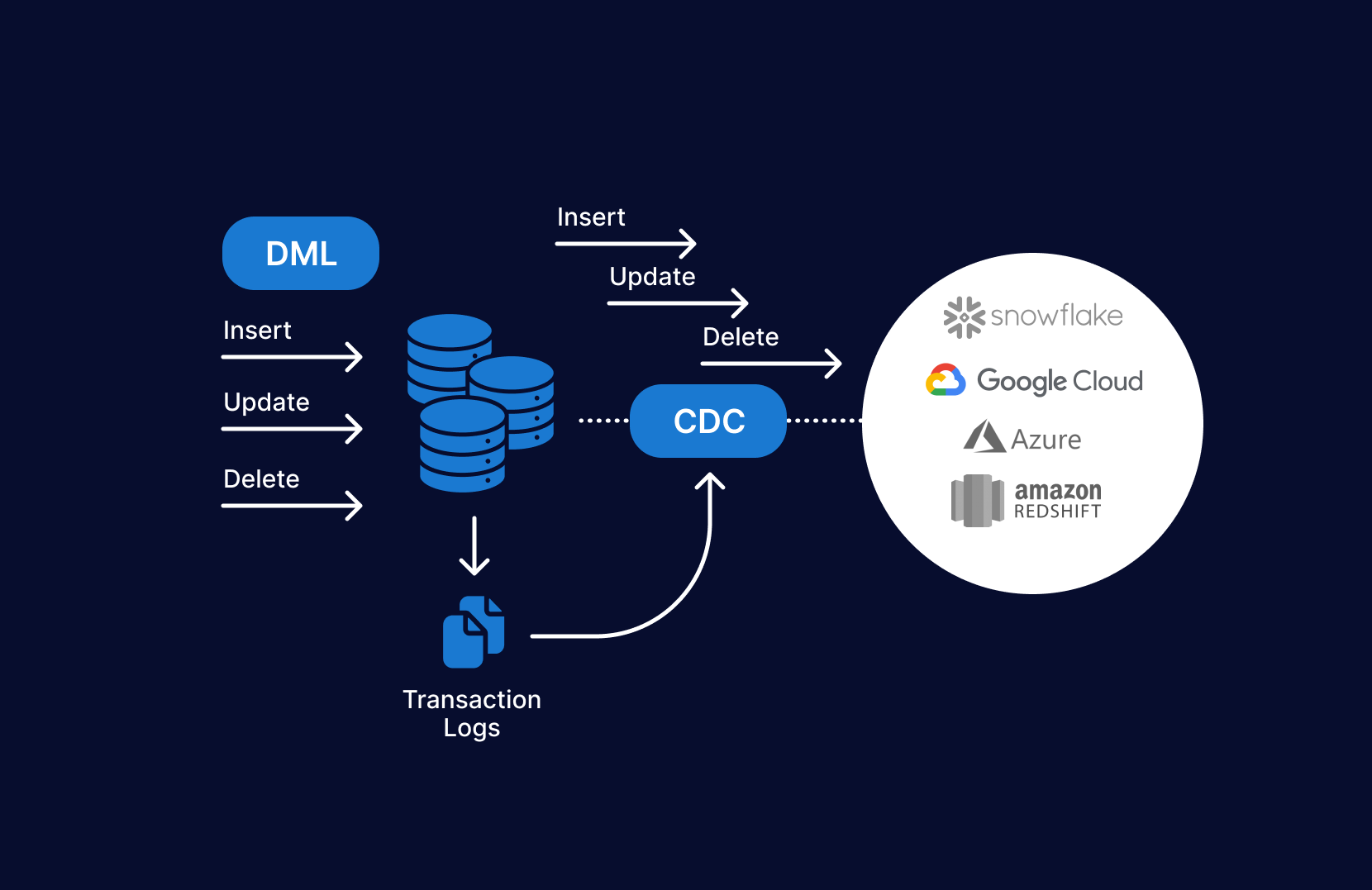What is Data Replication and Why Is It Necessary?
There are several ways to replicate data, but the most common is to transfer the data from one server to another, which is known as data replication (standby instance). Organizations duplicate data to provide high availability, disaster recovery, and/or backup. Data is duplicated synchronously or asynchronously, depending on the location of the secondary instance. The method through which data is duplicated has an effect on the Recovery Time Objectives (RTOs) and Recovery Point Objectives (RPOs) (RPO).
For instance, if you want system recovery, your backup instance should be located on your local area network (LAN). For mission-critical database applications, you may then replicate data synchronously over the LAN to the second instance from the first instance. This keeps your standby instance “hot” and in sync with your current instance, ensuring that it is quickly ready to take over in the case of a breakdown. This is what is meant by “high availability” (HA).
You want to ensure that your secondary instance is not co-located with your main instance in the case of a catastrophe. This implies that your secondary instance should be located geographically apart from the main instance or in a cloud instance linked over a wide area network (WAN). Asynchronous data replication over a WAN is used to prevent adversely affecting throughput performance. This implies that standby instance updates will lag behind active instance updates, resulting in a delay throughout the recovery process.
Why Should Data Be Replicated Between Cloud Instances?
While cloud providers take every measure to assure 100 percent uptime, individual cloud servers might fail for a variety of reasons, including physical damage to the hardware and software errors — the same reasons that on-premises gear can fail. As a result, enterprises that use the cloud to host mission-critical applications should duplicate their cloud data to provide high availability and disaster recovery. You may replicate data across availability zones within a single region, between cloud regions, between cloud platforms, on-premise systems, or any combination of the above.
The Benefits of Daton Data Replication:
While data replication is often used in conjunction with disaster recovery (DR) strategies, it is far from its exclusive use. When implemented properly, Daton data replication provides enormous advantages to enterprises, end-users, and IT professionals.
- Enhance data accessibility:
By storing data at several locations throughout the network, data replication increases the resilience and dependability of systems. That implies that even if a technical breakdown occurs as a result of malware, software problems, hardware failure, or any source of interruption, data access may still occur from a separate location. It’s a lifesaver for enterprises with several locations since it ensures continuous access to data across all geographies 24 hours a day, 365 days a year.
- Access to info more quickly:
Individuals may encounter some lag while transferring data across countries. Storing replicas on local servers enables users to access data and execute queries more quickly. Employees at an organization’s many branches may easily access data from their branch offices or homes.
- Increase the server’s performance:
By distributing the database among many locations in a distributed system, data replication reduces the strain on the central server, resulting in enhanced network performance. IT experts optimize write operations by reducing the number of processing cycles on the main server.
Methods of data replication:
When it comes to copying data from databases, there are fundamental ways that exist:
- Replication of the whole table:
Full table replication replicates all data, including new, updated, and existing data, from the source to the destination. This strategy is advantageous if records are often destroyed from a source or if the source lacks a column appropriate for key-based replication, which we’ll discuss next.
However, this approach has several disadvantages. Complete table replication consumes more processing power and places a greater demand on the network than transferring just modified data. Depending on the methods used to duplicate whole tables, the cost often rises according to the number of rows copied.
- Progressive replication depending on keys:
Key-based incremental replication usually referred to as key-based incremental data capture or crucial cumulative loading, refreshes just the data that has changed since the previous update.
Key-based incremental replication usually referred to as key-based incremental data capture or crucial cumulative loading, refreshes just the data that has changed since the previous update. Key-based replication is more efficient than complete table replication since fewer rows of data are replicated during each update. However, a significant disadvantage of key-based replication is its inability to reproduce permanently destroyed data, since the key value is removed along with the record.
- Incremental replication based on logs:
Incremental log-based replication is a subset of replication that applies solely to database sources. This method duplicates data based on information included in the database log file, which records database changes. This is the most efficient approach of the three, but it requires support from the source database, which MySQL, PostgreSQL, and Oracle all have.
- Schemes for data replication:
Organizations may replicate data by adopting a certain data movement protocol. These strategies are distinct from the approaches discussed before. Rather than functioning as an operational plan for continuous data flow, a scheme determines how data may be copied to best fulfill a business’s needs: in its whole or in sections.
- Replication of the whole database:
Full database replication is the process of replicating an entire database for usage on multiple servers. This ensures the greatest degree of data availability and redundancy. This enables worldwide organizations to provide consumers in Asia with the same data as their counterparts in North America, at a comparable rate. If an issue occurs with the Asia-based server, customers may access data from their European or North American servers as a backup.
The scheme’s disadvantages include slower update processes and the challenge of maintaining consistency across all locations, especially when the data is continuously changing.
- Replication in part:
Partial replication is a technique in which the database’s data is separated into portions and each section is kept in a different place according to its relevance to that site. Partial replication is advantageous for workforces that are mobile, such as insurance adjusters, financial advisors, and salespeople. These employees may carry partial databases on their laptops or other devices and synchronize them with a central server frequently.
These were some critical information on data replication.
More Read On: Spero Magazine




